The CRISPR/Cas9 system is the most popular star tool in the field of gene editing. Since its birth, its predecessor ZFN and TALEN technology are lacking. Compared with NgAgo, which is still in the air and has not been successfully repeated, CRISPR/Cas9 has shown great application prospects in a series of gene therapy applications, and it is becoming a weapon for humans to overcome incurable diseases. No, this old driver has recently shown the power of the drug target screening in Acute Myeloid Leukemia (AML)! Let's take a look at it with Xiaobian now! AML is the most common form of acute leukemia in adults with a survival rate of less than 30%. It is highly heterogeneous and has a complex pathogenesis. Most of the pathogenesis of a few types of AML, such as acute promyelocytic leukemia (APL), is clear, and most of them are unclear. Therefore, it is very difficult to develop new treatments, and there has been no particularly significant progress in the last 40 years. The Wellcome Trust Sanger Institute from the University of Cambridge in the UK uses CRISPR/Cas9's powerful gene editing capabilities to perform a comprehensive screening of multiple AML cell lines using a genome-wide knockout library virus to identify key genes required for survival of multiple AMLs. Future AML therapies identify a number of potential gene targets. The researchers selected a total of 5 AML cells as the research object, which can ensure the reliability of the experimental results, and facilitate the screening of drug target genes for a variety of AML. Infect the cells with a human CRISPR/Cas9 library virus covering 180,910 genes with a total of 90,709 sgRNAs , and select the appropriate MOI value to infect up to 1 sgRNA virus in one cell, so that each gene can be independently analyzed in the cell. The role played. The genomes of the cells in different periods after screening by the library are sequenced in the second generation. By analyzing and comparing, the sgRNAs enriched or deleted and their corresponding genes can be obtained. This is the main step in screening with the CRISPR/Cas9 library. Using this method, the researchers screened for 492 genes that are essential for AML survival and are not important in the control cells HT-29 and HT-1080, among which DOT1L has long been identified as a therapeutic target. , BCL2, MEN1 and other genes. GO analysis of 66 genes, which play an important role in at least three AMLs, showed that they are basically related to chromosome composition, modification and transcriptional regulation processes. The researchers used genetics and pharmacology to validate eight of them, and the results were consistent with the results of library screening, which further proved the efficiency and accuracy of the CRISPR/Cas9 library. Using the Drug Gene Interaction database (DGIdb), the researchers performed a drug-based analysis of 492 genes necessary for AML and found that 227 were found to be medicinal. Of the 33 genes that have been used for clinical treatment, only 8 genes are associated with histone modifications or kinases. The researchers selected the histone acetyltransferase gene KAT2A and the splice kinase gene SRPK1, which were not used for clinical treatment, as subjects. They found the two genes by performing CRISPR/Cas9 knockdown experiments in leukemia model mice. Knockout can cause the growth of leukemia cells to be blocked without affecting the growth of normal cells, indicating that both KAT2A and SRPK1 can be used as new drug targets. Compared with SRPK1, KAT2A is an essential gene for more AML cells, so researchers chose KAT2A as a target. They further studied the mechanism by which KAT2A was knocked down and the proliferation of AML cells was blocked. It was found that this step was to inhibit the growth of AML cells by inhibiting the transcriptional process of AML and inducing apoptosis. Using gene knockout and drug inhibitors to inhibit KAT2A in leukemia model mice, the researchers found that these mice can survive for a longer period of time, demonstrating the prospect of KAT2A as a therapeutic target in clinical applications. The results of this research were recently published on the Cell Report under the title A CRISPR Dropout Screen Identifies Genetic Vulnerabilities and Therapeutic Targets in Acute Myeloid Leukemia. In this full positive energy, do you feel the power of the CRISPR/Cas9 library? Is it as hot as Xiaobian? ? Don't worry, don't worry, there are more exciting! In the latest issue of Time magazine, Professor Zhang Feng, the leader of CRISPR/Cas9, as one of the “next generation leadersâ€, took the cover because he “changed science with the technology of transforming lifeâ€. Jikai's whole-genome Cas9 lentivirus library is derived from Zhang Feng's laboratory and has been amplified to obtain a plasmid library with excellent representativeness and integrity (coverage ≥98%, good homogeneity), combined with Jikai Advanced Reliable lentiviral packaging purification process, with reference to FDA, Chinese Pharmacopoeia virus vaccine formulation standards, provide library viruses that meet cGMP standards and can be used in animal experiments. Jikai's whole-genome Cas9 lentivirus library is divided into two sources, Human and Mouse, including CRISPR-PoolTM KOUT knockout library and CRISPR-PoolTMSAM gene overexpression library, and multiple signaling pathways. And a sub-library of protein groups to meet your every need. â— Human-knockout library CRISPR-PoolTMKOUT containing 123,411 sgRNAs against 19,050 genes and 1,864 miRNAs â— Mouse knockout library CRISPR-PoolTMKOUT containing 130,209 sgRNAs for 20,611 genes and 1,175 miRNAs â— Human-derived gene overexpression library CRISPR-PoolTMSAM containing 70,290 sgRNAs against 23,430 genes â— Mouse gene overexpression library CRISPR-PoolTMSAM containing 69,225 sgRNAs against 23,439 genes Perhaps the opportunity will not appear on the way forward, but return is not our direction. - long-term new Cas9 library in hand, high score article I have! What are you waiting for? Come to Jikai and experience the power of the CRISPR/Cas9 library! A greenhouse(also called hothouse)is a building or complex in which allow for greater control over the growing environment of plants. Depending upon the technical specification of a greenhouse, key factors which may be controlled include temperature, levels of light and shade, irrigation, fertilizer application, and atmospheric humidity. Greenhouse may be used to overcome shortcomings in the growing qualities of a piece of land, such as a short growing season or poor light levels, greenhouses are often used for growing flowers, vegetables, fruits, transplants and seedlings. Greenhouses can be divided into glass greenhouses and plastic greenhouses. Plastics mostly used are polyethylene film and multiwall sheets of polycarbonate material, or PMMA acrylic glass. Commercial glass greenhouse are often high-tech production facilities for vegetables or flowers. The glass greenhouse are filled with equipment such as screening installations, heating, cooling and lighting, and may be automatically controlled by a computer. Agriculture Greenhouse,Plastic Film Greenhouse,Glass Greenhouse,Pc Board Greenhouse JIANGSU SKYPLAN GREENHOUSE TECHNOLOGY CO.,LTD , https://www.alibabagreenhouse.com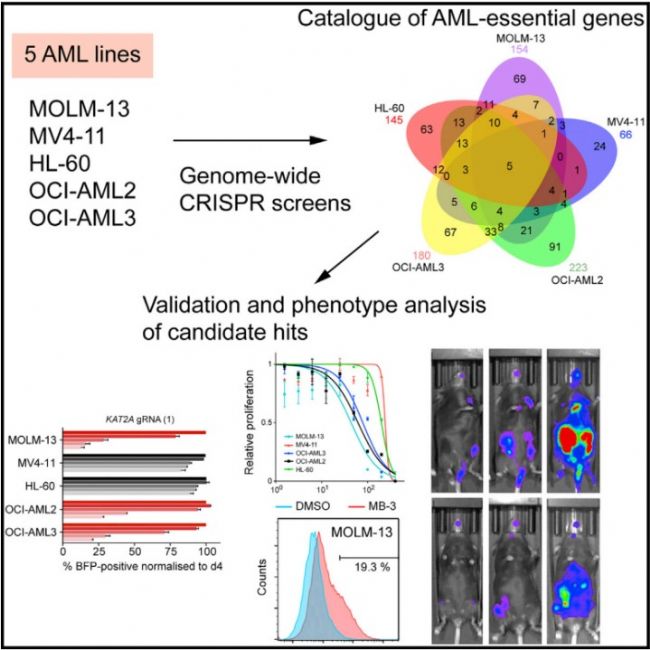
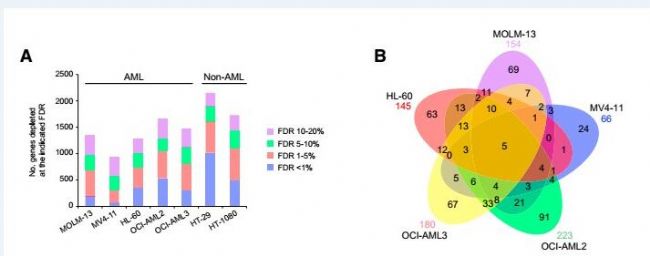


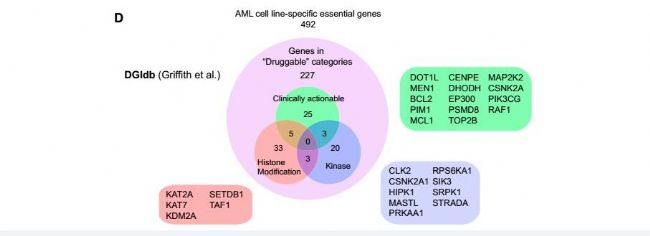

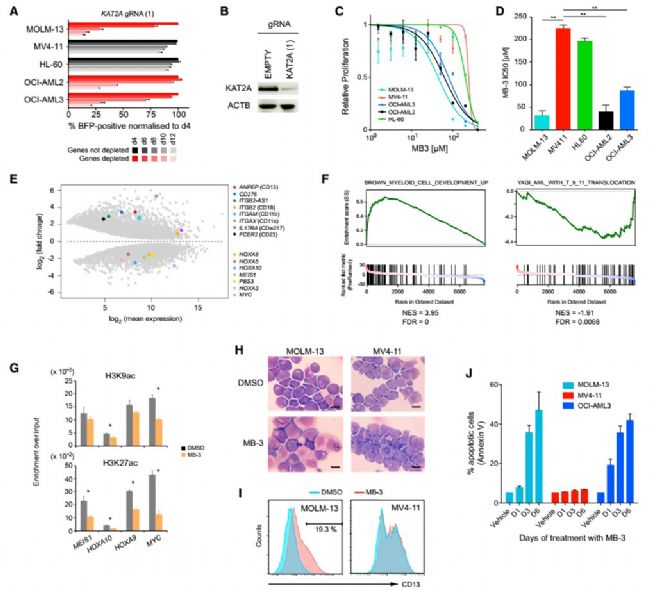
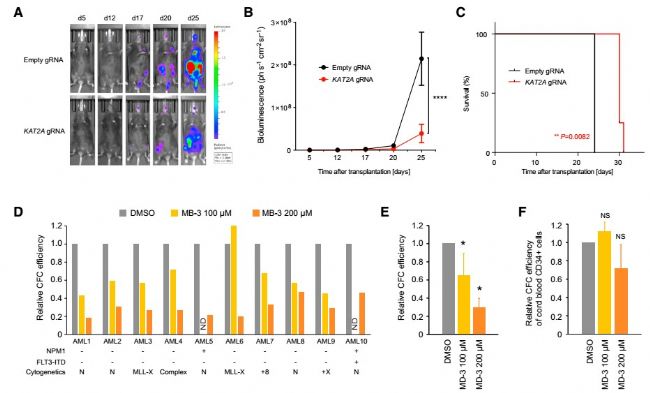

Long press and pay attention
CRISPR/Cas9 library in hand, target screening is not necessary!
Next Article
Planting winter jujube in winter
Prev Article
What is good for summer acne?